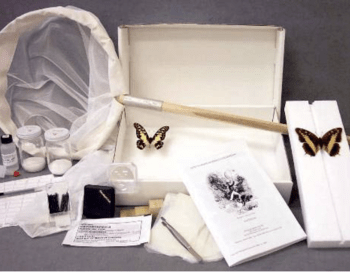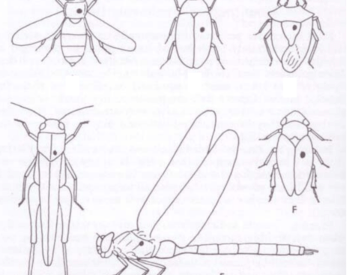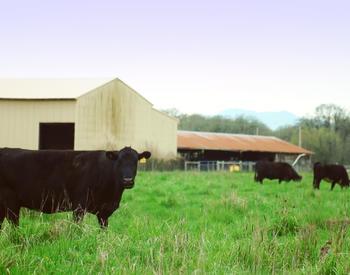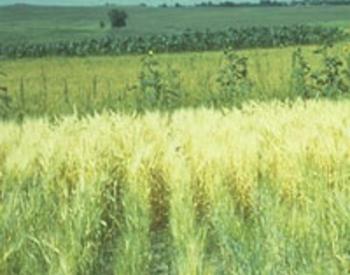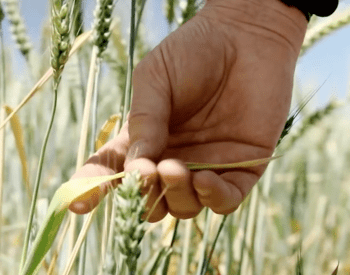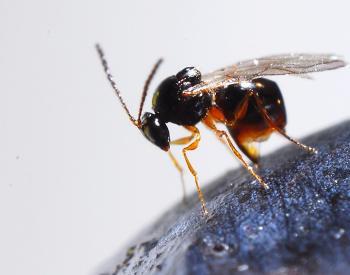"Pesticide" is a general term for any product used to kill or mitigate a harmful pest. Pests are defined as any living organism that causes problems for humans, plants or animals. The impact of pests can range from a minor nuisance to complete devastation or even mortality. Pesticides and their use are strictly regulated by the Environmental Protection Agency, the Food and Agriculture Organization of the United Nations and other agencies.
There are many different types of pesticides. They can be based on chemicals of synthetic or natural origin, microorganisms, microbial metabolites or others. Here is a list of the most common types of pesticides and the targeted organism(s) they work on:
- Acaricide/miticide — spiders and mites.
- Biopesticide — varies, but to be a biopesticide, a product must be formulated from something found in nature.
- Disinfectant — microbial germs, bacteria and viruses.
- Fungicide — fungal pathogens.
- Herbicide — weeds.
- Insecticide — insects.
- Molluscicide — snails and slugs.
- Rodenticide — rodents.
- "Treated articles" — Many consumer products are treated with pesticides to protect the end product from damage or decay, or to protect the consumer. Examples include wood preservatives, mosquito-repellent clothing, kitchen sponges and cutting boards. More information is available on the EPA website.
Pesticides in environments
Mosquito repellents, bug sprays to kill cockroaches, baits and pesticides to control termites and ants, garden and landscape pesticides, and flea medicines for cats and dogs are some examples of pesticides used in and around homes and urban areas.
Farmers and ranchers use pesticides to protect crops and animals from a variety of pests that threaten the health or economic security of their investments and livelihood. It is estimated that without pesticides to protect our food supply, we would lose 40%–80% of it to pests (Food and Agriculture Organization of the United Nations).
Pesticide risk
The word "pesticide" is alarming to many of us and we are concerned about their "safety." One way to approach this question is to consider the risk of using pesticides. To estimate risk, one must consider the toxicity of a product and a person's exposure to it. In fact, we can think of this relationship as a math equation:
The relative toxicity of a pesticide can be determined by its signal word on the label. Exposure can be reduced by following the label's instructions and applying the product in a safe manner.
Just like the medicines we take in a safe and effective way when we have a fever, pain or other health issue, pesticides are used when and as needed according to strict regulations that ensure food safety, environmental safety, and human and animal health.
Some people are concerned about pesticide residues on food products. However, global, federal, state, and local governmental agencies set strict guidelines for what, when, where, how and how much of a pesticide can be used to ensure public health and environmental safety.
There is a long approval process, often involving years of research, before any pesticide can be registered for use. The IR-4 program is one example of an agency that performs extensive research on products for both food and ornamental crops.
Whether the active ingredient is a synthetic or natural compound, improper or excessive use can be dangerous, and one should always be cautious while using them. The Pesticide Safety Education Program at Oregon State University provides training to applicators, farmworkers, landscape professionals, and employers to ensure that they are knowledgeable about pesticides and how to use them safely. The Pesticide Safety Education Program helps people prepare for applicator exams and maintain good standing and compliance with the Oregon Department of Agriculture, the state licensing agency.
Several of the old, harsh pesticides have been phased out, and the EPA is in the process of phasing out a few others. Since pesticide use is strictly regulated to ensure safety, conventionally produced food is generally safe in the U.S.
Use pesticides safely!
- Wear protective clothing and safety devices as recommended on the label. Bathe or shower after each use.
- Read the pesticide label—even if you’ve used the pesticide before. Follow closely the instructions on the label (and any other directions you have).
- Be cautious when you apply pesticides. Know your legal responsibility as a pesticide applicator. You may be liable for injury or damage resulting from pesticide use.

